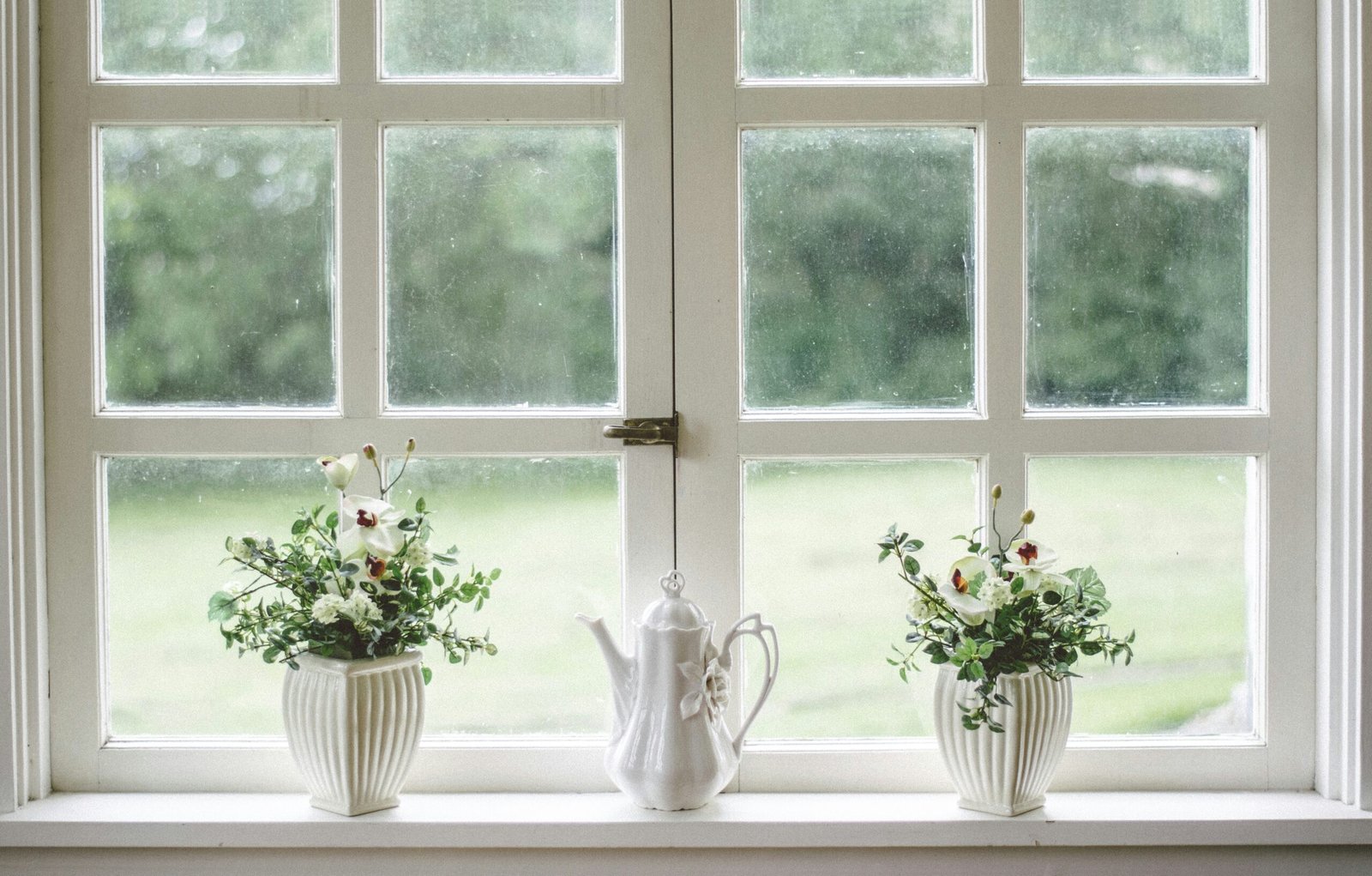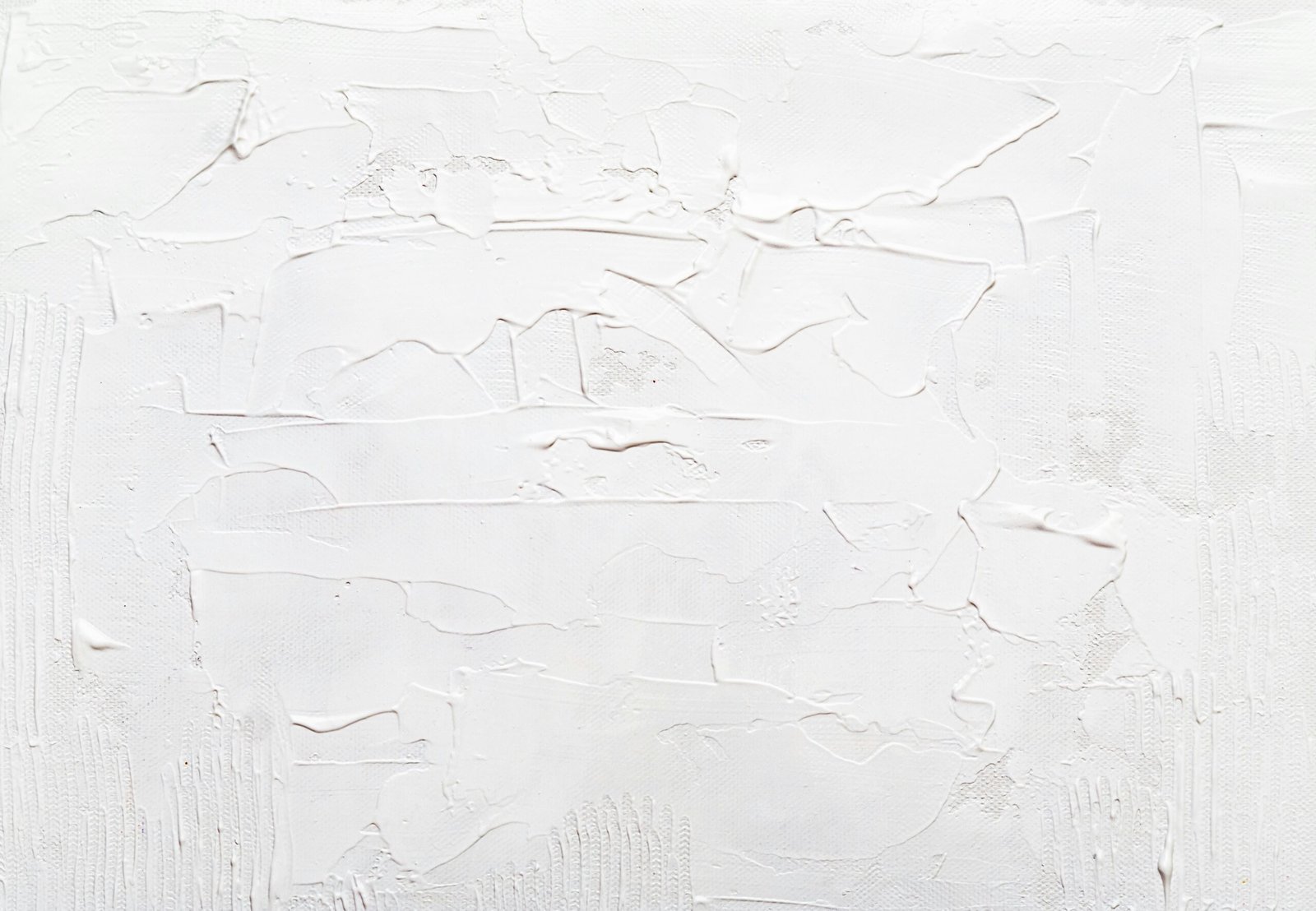Sunlight streaming through our windows can be something of a double-edged sword. While natural light brightens up our homes, it can also leave a lasting impact on our furniture due to prolonged exposure to ultraviolet (UV) rays. The application of window films provides a practical solution, playing a crucial role in protecting interiors from UV damage. UV radiation is known to cause fading, discolouration, and degradation of fabrics and materials, ultimately shortening the lifespan of valuable home furnishings.
Many homeowners may not be aware that a considerable percentage of the solar energy which passes through ordinary glass can be harmful to their interiors. Constant exposure to UV radiation affects a wide range of furnishings, from upholstered sofas and armchairs to wood flooring and art pieces. It is inevitably frustrating to invest in high-quality furniture only for their lustre and structural integrity to diminish over time due to invisible rays.
Window films are designed to absorb or block out the sun’s harmful rays, providing a formidable barrier between the sunlight and your furnishings. These films are available in a variety of types and tints, all engineered to filter out a significant portion of UV rays while allowing visible light to pass through. As a result, your space can maintain its inviting glow without compromising the safety and durability of your interiors.
There are several benefits to choosing window films as a method of UV protection. Firstly, the application of window films is an unobtrusive way to safeguard your home. Unlike traditional methods such as curtains or blinds, window films do not block views or require constant adjustment according to the position of the sun. Once applied, they function continually, offering round-the-clock protection without any additional effort.
Beyond UV protection, window films also contribute to energy efficiency. By reducing the amount of solar heat entering a room, they help maintain a more consistent indoor temperature. This means less reliance on air conditioning systems during warmer months, ultimately reducing energy consumption and lowering utility bills. Moreover, window films can help prevent heat loss during colder seasons, contributing to year-round energy savings.
It’s worth noting that window films also provide a measure of privacy without significantly darkening the interior. Certain types of films can grant a degree of seclusion while still allowing natural light to brighten the space. This makes them an excellent choice for rooms that require sunlight without sacrificing privacy, such as bathrooms or urban spaces facing busy streets.
The longevity and effectiveness of window films depend on the quality of the product and the installation process. Professional installation ensures that films are applied without bubbles or imperfections, offering a seamless finish that integrates well with the existing design of your home. High-quality films are also resistant to scratching and peeling, ensuring long-term performance and reliability.
In summary, window films are an effective, discreet, and versatile solution for protecting furniture from UV damage. They enhance the durability and appearance of home interiors while also delivering additional benefits in terms of energy efficiency and privacy. As awareness grows regarding the potential harm of UV radiation indoors, more homeowners are looking to window films as a strategic investment in home preservation.
- How Adaptive Difficulty Is Changing the Online Slot Game Experience - December 2, 2025
- Understanding How Online Slot Games Work - November 29, 2025
- How the Qatari Government Could Support Online Casino Gaming - November 25, 2025




